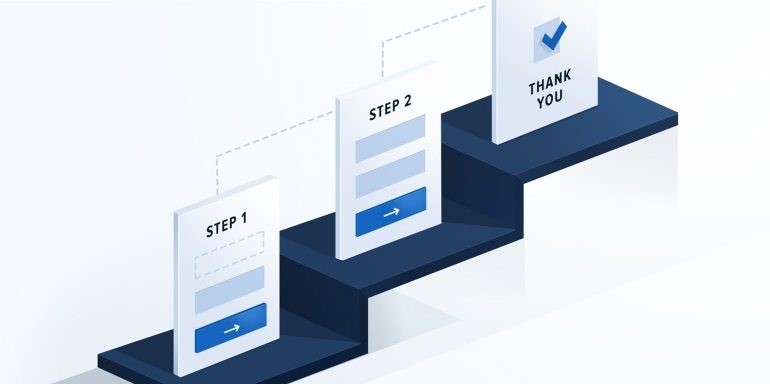The Portal Connector FormFlow Widget
The FormFlow widget is a powerful tool that lets you define a user flow using a drag & drop enabled form builder for quick and intuitive creation of multi-step forms.
When using FormFlow, multi-step forms appear less overwhelming and feel faster to progress through.
Another great FormFlow feature is ability to apply business rules or conditional logic on the forms. Based on the portal user interaction with the forms, it will redirect them to the subsequent form or page accordingly.
With FormFlow you can break down forms logically into multiple steps with clear navigation, resulting in better user experiences for Portal users.
